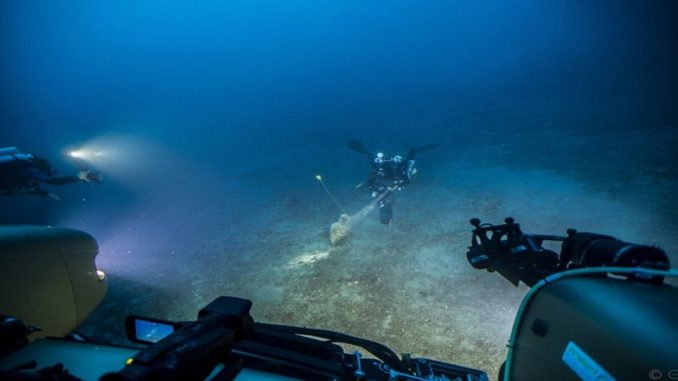
In News
An ambitious project to research the deepest parts of the oceans, the Deep Ocean Mission, is set to commence in October this year.
In-Detail
- The Ministry of Earth Sciences has stated that the Rs. 8000 crore Deep Ocean Mission will commence from October.
- The government has given its in-principle approval to the mission and the expenditure plans have been submitted to various departments of the Ministry.
The Mission
- It is one of the ambitious missions that the Prime Minister’s Scientific Advisory Board has recommended.
- The objective of the Mission is to explore the deep ocean just like ISRO exploring the space.
- It will specifically help in discovering reserves of polymetallic nodules (PMN) in the 75,000 sq. km. the area allotted in the Central Indian Ocean Basin (CIOB) by UN International Seabed Authority.
PMN
- These are rocks on the ocean floor and are rich in manganese, nickel, iron, and cobalt.
- As per estimates, exploiting even 10% of these nodules will meet the energy requirements for 100 years.
- In the Central Indian Ocean alone an estimated 380 million tonnes of PMNs are available.
- The Exclusive Economic Zone of India is spread over 2.2 million sq kilometres and the deep ocean lies unexplored.
- The new mission is expected to bring insights on this unexplored area.
International Seabed Authority
- ISB is an intergovernmental organisation established by the United Nations Convention on the Law of the Sea.
- It was formed in 1994.
- The Authority provides seabed exploration contracts to explore PNMs.
- Each exploration area is limited to 150,000 sq. kilometres and after eight years, half of the area is to be relinquished to the authority.
- Each entity that has a contract must report to the Authority of its activities every year.
Conclusion
The Mission will be the most challenging mission for the country as it involves the development of advanced machines like a submersible that can carry three people to depths of 6000m in the ocean. It also carries many scientific instruments along with it to carry out research. But, the knowledge that we gain from the Mission and the possibility of finding ways to exploit PNMs for commercial use is worth trying such endeavour.

Leave a Reply
You must be logged in to post a comment.